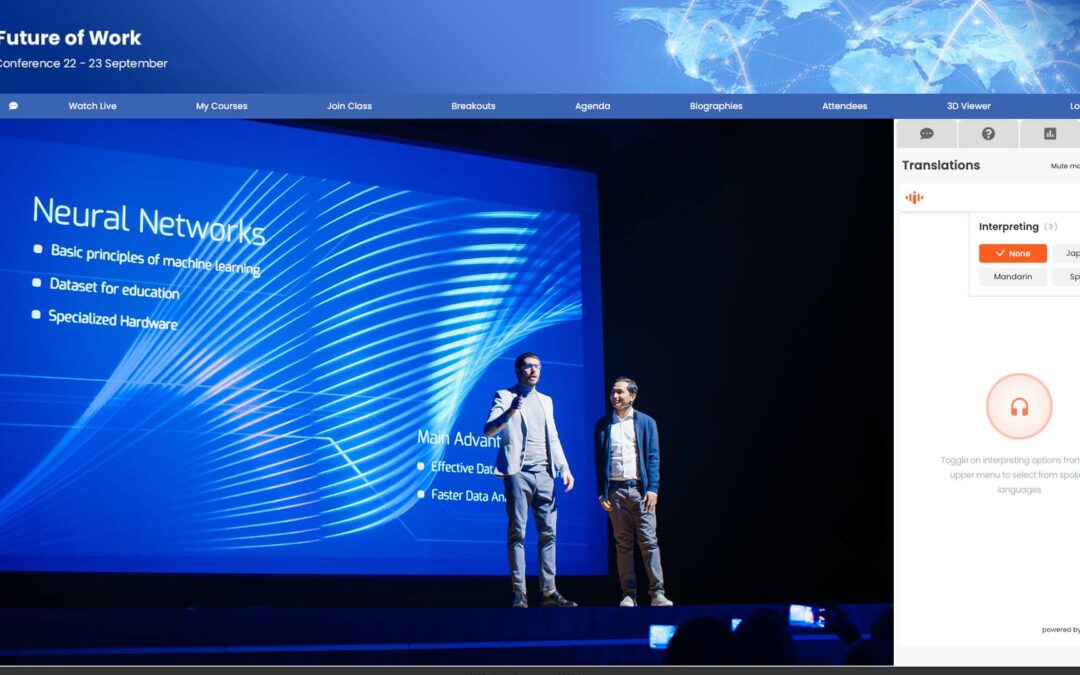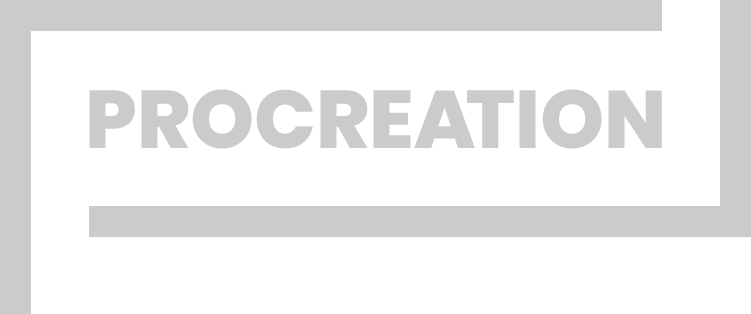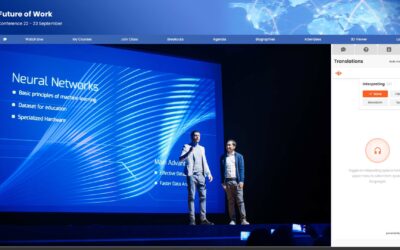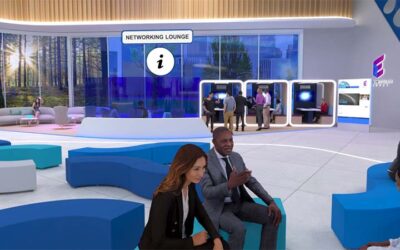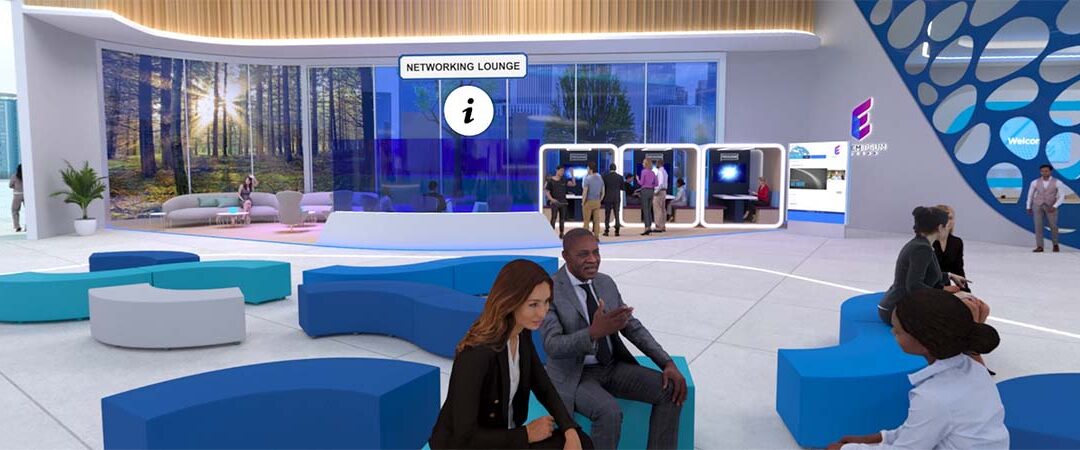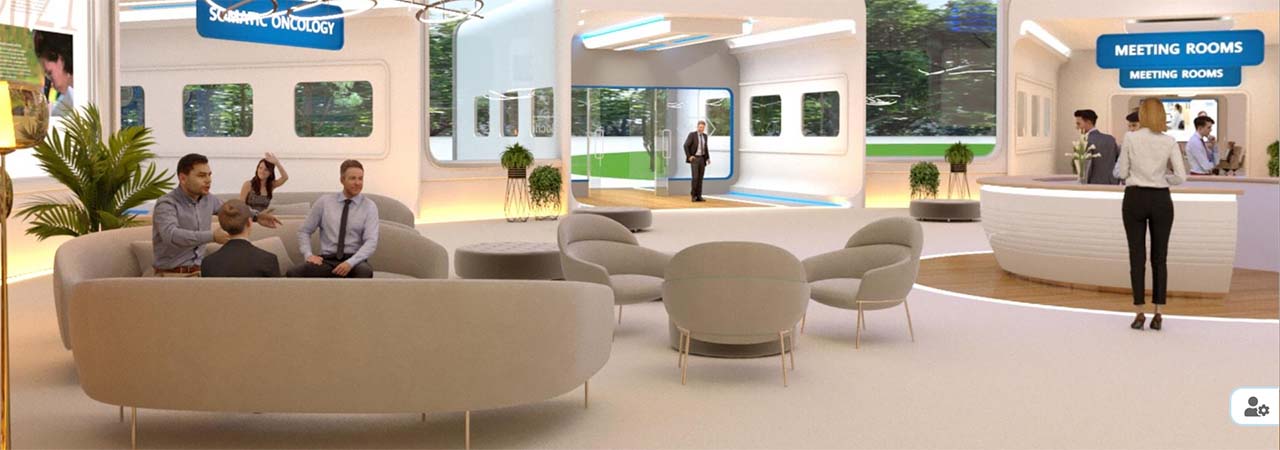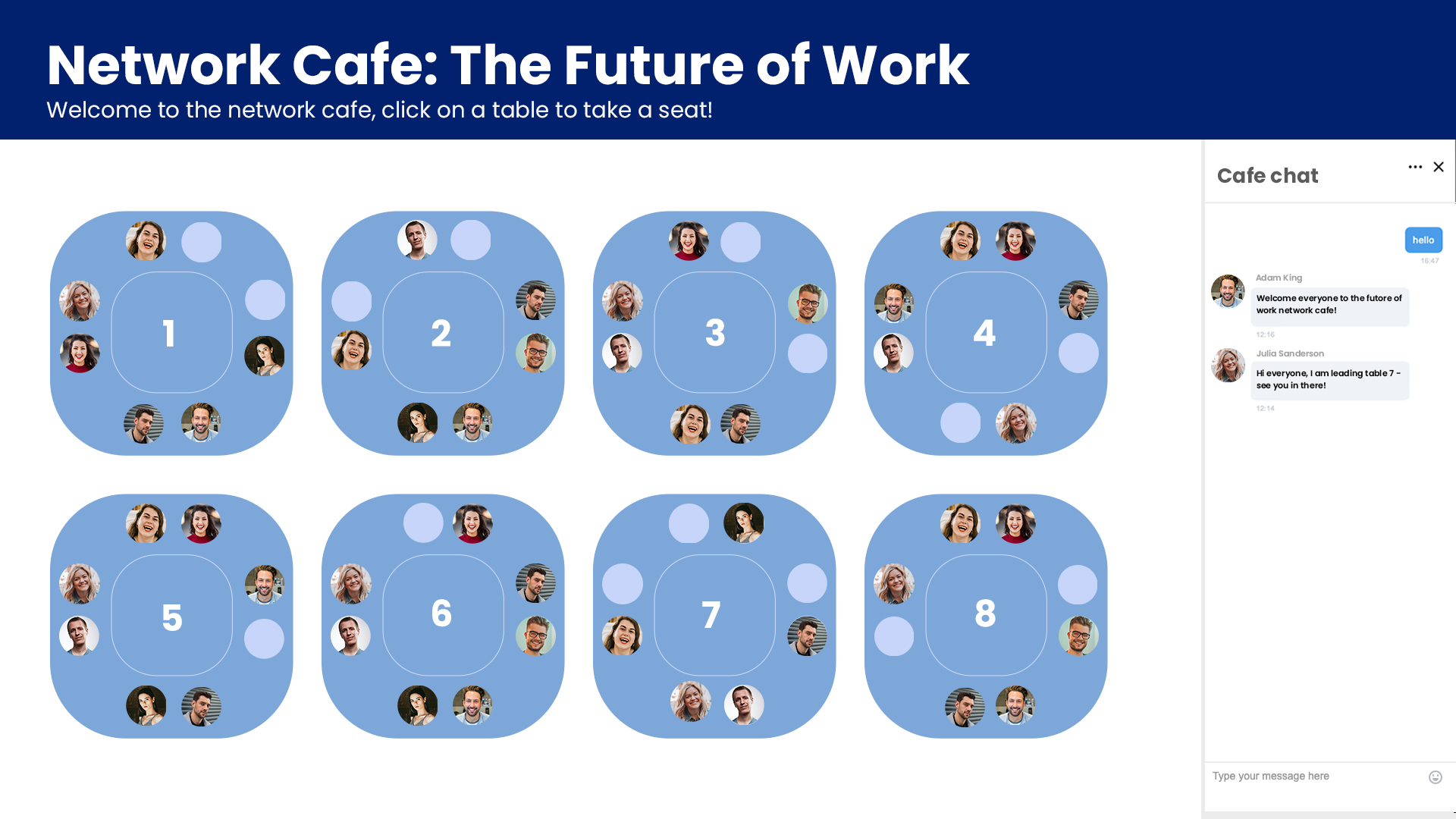Blockchain use cases are vast and varied, but to understand how blockchain works, and how useful it really is, we need to first look at the technology that surrounds it, and how this fits into the new emerging digital landsdcape. The term Blockchain is used daily in the media, but many individuals, and businesses, are uncertain what this technology does, how it can be used, and the impact it will have on our lives. Web3, NFT’s, cryptocurrencies and the metaverse are all part of the story, so here we dive into a few basics around this technology, how it will not only drive the next evolution of the internet, but change many aspects of our everyday lives.
What is blockchain?
Blockchain is a digital technology that allows for the creation of a secure and decentralized ledger of transactions. What does that mean? In a blockchain network, transactions are authenticated through a process called consensus. This involves multiple participants in the network, known as nodes, working together to verify and validate each transaction.
To authenticate a transaction on a blockchain network, the following steps are typically followed:
- A user initiates a transaction, which is broadcast to the network.
- The transaction is received by multiple nodes on the network.
- Each node independently verifies the transaction, ensuring that it is valid and complies with the network’s rules and regulations.
- If a transaction is deemed valid by a majority of the nodes, it is added to a block of transactions, along with a unique code called a “hash.”
- The block is then added to the existing blockchain, forming a permanent and immutable record of the transaction.
This process of consensus ensures that transactions on the blockchain are secure and cannot be altered or tampered with once they have been added to the blockchain. It also ensures that the network is decentralized and not controlled by any single entity.
Blockchain is often used in the context of cryptocurrencies, such as Ethereum and Bitcoin, and NFTs (which we go into in a moment), but it has many other potential uses. Some use cases for blockchain technology include:
• Financial transactions: Blockchain can be used to securely record financial transactions, such as the transfer of money or other assets. This can help to reduce fraud and improve the speed and efficiency of financial transactions.
• Supply chain management: Blockchain can be used to track the movement of goods through a supply chain, providing a transparent and immutable record of each step in the process. This can help to improve the efficiency and accountability of the supply chain.
• Identity management: Blockchain can be used to create secure digital identities, which can be used to verify the identity of individuals or organizations online. This can help to reduce identity fraud and improve the security of online transactions.
• Voting: Blockchain can be used to create secure and transparent voting systems, allowing for the secure and transparent recording of votes. This can help to improve the integrity and trustworthiness of elections.
• Medical records: Blockchain can be used to securely store and manage medical records, providing patients with greater control over their personal health information and allowing for more efficient sharing of this information among healthcare providers.
